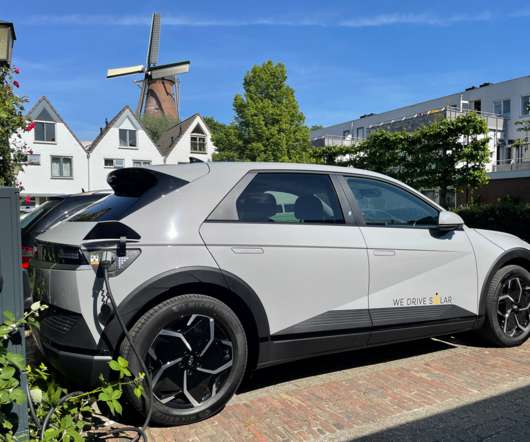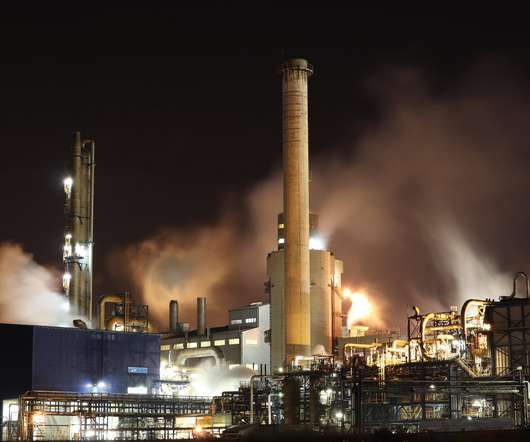SGH2 building largest green hydrogen production facility in California; gasification of waste into H2
Green Car Congress
MAY 21, 2020
It can also provide lowest-cost long-term storage for electrical grids relying on renewable energy. Fluor, a global engineering, procurement, construction and maintenance company, which has best-in-class experience in building hydrogen-from-gasification plants, will provide front-end engineering and design for the Lancaster facility.












Let's personalize your content